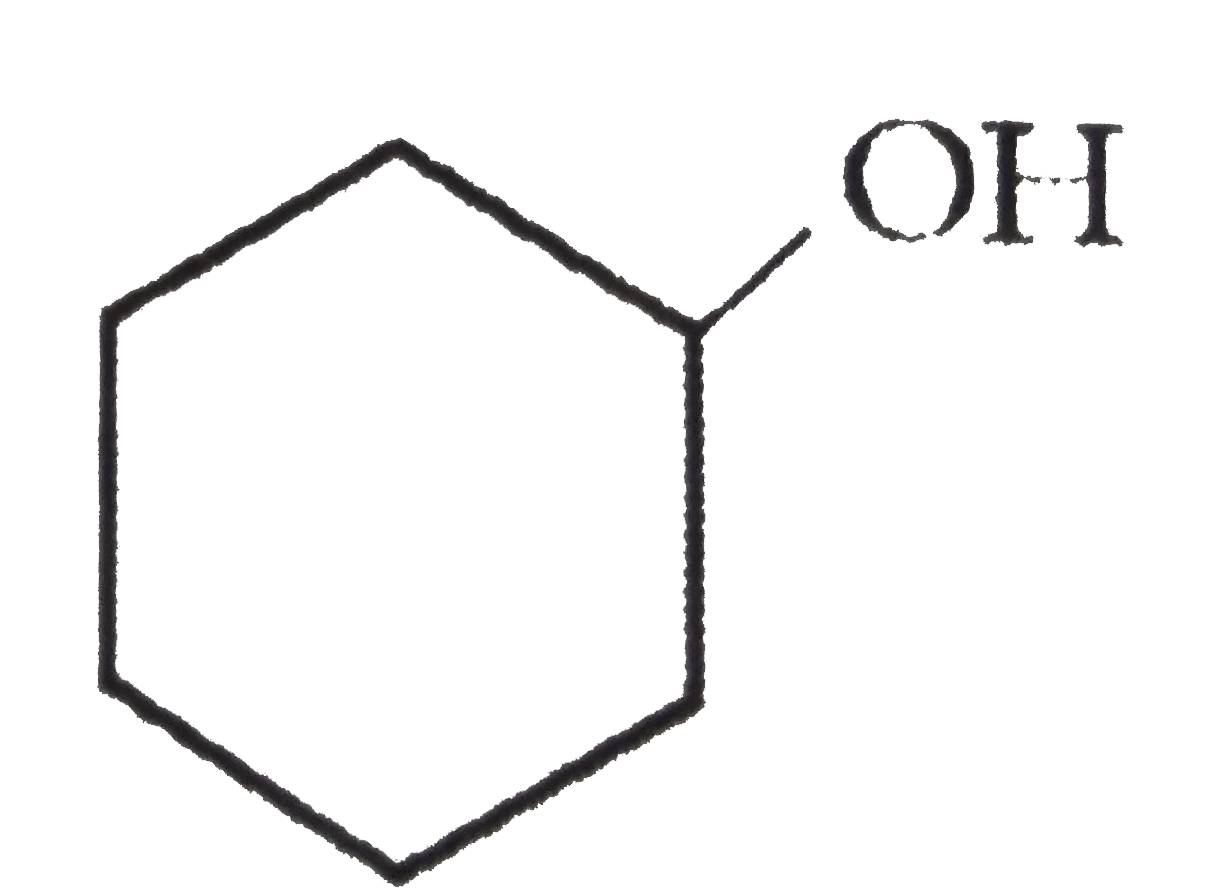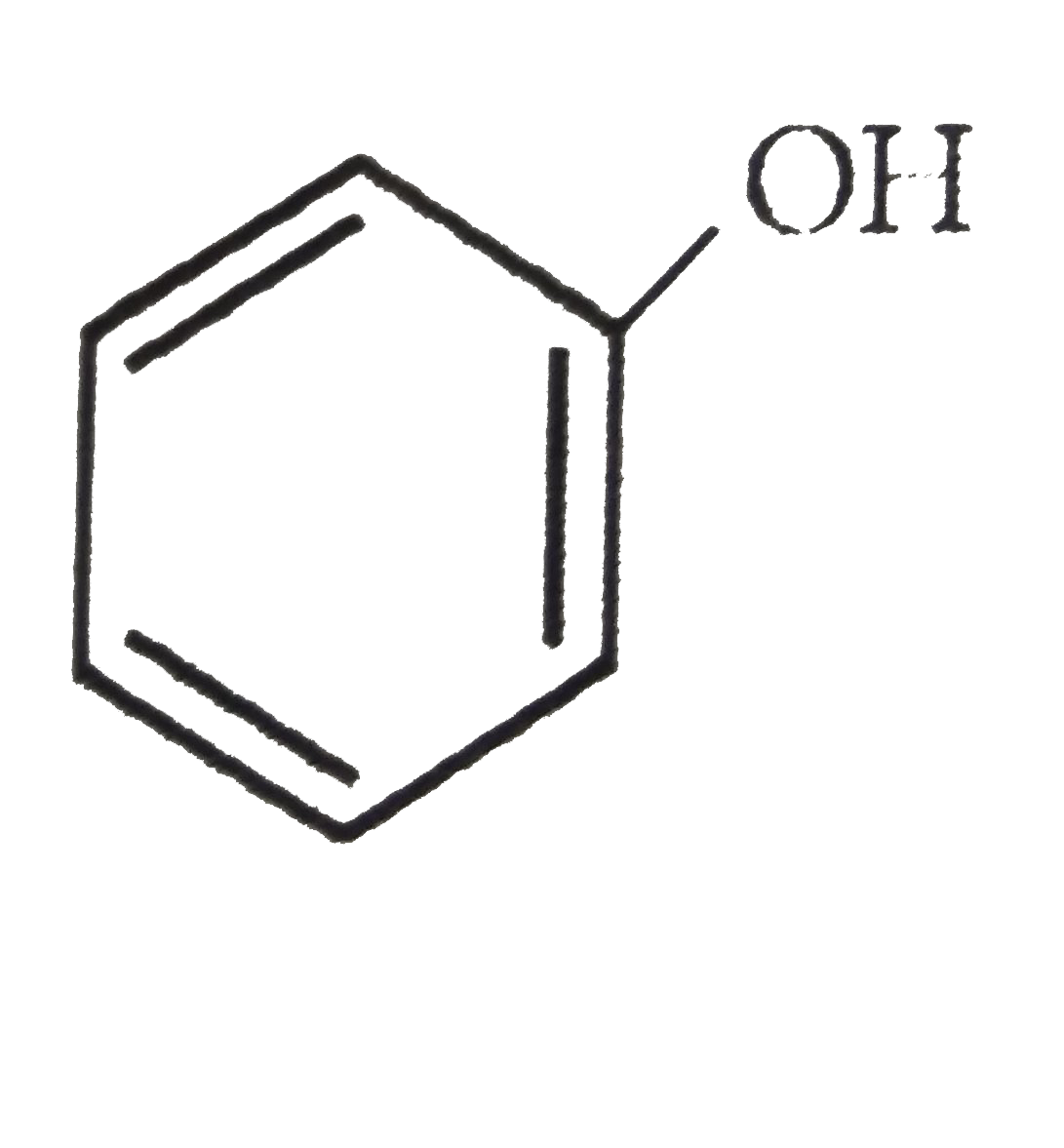Write the structural formula of isobutyl alcohol.
To write the structural formula of isobutyl alcohol, we can follow these steps:
Step 1: Identify the molecular formula
Isobutyl alcohol, also known as 2-methyl-1-propanol, has the molecular formula C4H10O. This indicates that it contains 4 carbon atoms, 10 hydrogen atoms, and 1 oxygen atom.
Step 2: Determine the carbon skeleton
The carbon skeleton for isobutyl alcohol can be constructed by arranging the carbon atoms. Since it is a branched alcohol, we will have a main chain of three carbon atoms (propane) with a methyl group (−CH3) attached to the second carbon.
Step 3: Draw the carbon chain
1. Start with three carbon atoms in a straight chain:
C−C−C
2. Add a methyl group to the second carbon:
CH3∣C−C−C
Step 4: Add the hydroxyl group (−OH)
Since isobutyl alcohol is an alcohol, we need to add a hydroxyl group (−OH) to the first carbon of the chain:
CH3|OH−C−C|C
Step 5: Complete the structure with hydrogen atoms
Now, we need to add the remaining hydrogen atoms to satisfy the tetravalency of carbon:
CH3|H−C−C−H||HH|OH
Final Structural Formula
The final structural formula of isobutyl alcohol (2-methyl-1-propanol) can be represented as:
CH3|H−C−C−H||HH|OH
Isobutyl alcohol, also known as 2-methyl-1-propanol, has the molecular formula C4H10O. This indicates that it contains 4 carbon atoms, 10 hydrogen atoms, and 1 oxygen atom.
The carbon skeleton for isobutyl alcohol can be constructed by arranging the carbon atoms. Since it is a branched alcohol, we will have a main chain of three carbon atoms (propane) with a methyl group (−CH3) attached to the second carbon.
1. Start with three carbon atoms in a straight chain:
C−C−C
2. Add a methyl group to the second carbon:
CH3∣C−C−C
Since isobutyl alcohol is an alcohol, we need to add a hydroxyl group (−OH) to the first carbon of the chain:
CH3|OH−C−C|C
Now, we need to add the remaining hydrogen atoms to satisfy the tetravalency of carbon:
CH3|H−C−C−H||HH|OH
The final structural formula of isobutyl alcohol (2-methyl-1-propanol) can be represented as:
CH3|H−C−C−H||HH|OH
Topper's Solved these Questions
- BOOK - DINESH PUBLICATIONCHAPTER - ORGANIC CHEMISTRY - SOME BASIC PRINCIPLES & TECHNIOUESEXERCISE - Some Basic Principles in Organic Chemistry17videos
ORGANIC CHEMISTRY - SOME BASIC PRINCIPLES & TECHNIOUES
- BOOK - DINESH PUBLICATIONCHAPTER - ORGANIC CHEMISTRY - SOME BASIC PRINCIPLES & TECHNIOUESEXERCISE - Purification of Organic Compounds14videos
ORGANIC CHEMISTRY - SOME BASIC PRINCIPLES & TECHNIOUES
- BOOK - DINESH PUBLICATIONCHAPTER - ORGANIC CHEMISTRY - SOME BASIC PRINCIPLES & TECHNIOUESEXERCISE - MCQS12videos
ORGANIC CHEMISTRY - SOME BASIC PRINCIPLES & TECHNIOUES
- BOOK - DINESH PUBLICATIONCHAPTER - NUCLEAR AND RADIO CHEMISTRYEXERCISE - Evaluate Yourself45videos
NUCLEAR AND RADIO CHEMISTRY
- BOOK - DINESH PUBLICATIONCHAPTER - P BLOCK ELEMENTS (GROUP 13 AND 14 )EXERCISE - Straight obj.17videos
P BLOCK ELEMENTS (GROUP 13 AND 14 )
Similar Questions
Knowledge Check
- Question 1 - Select One
The structrual formula of cyclohexyl alcohol is
A B
B C
C DNone of these
DNone of these
Write the structural formula of propene.
View SolutionWrite the structural formula of hexanal.
View SolutionWrite the structural formula of Propanoic acid
View SolutionWrite the structural formulae of all isomers of hexane.
View SolutionWrite the structural formula of a primary alkyl halide.
View SolutionWrite the structural formulae of (a) a dibasic acid, (b) a polyhydric alcohol and (c) and acid chloride. Name them according to IUPAC system.
View SolutionWrite the structural formula of Chloropropane
View Solution

